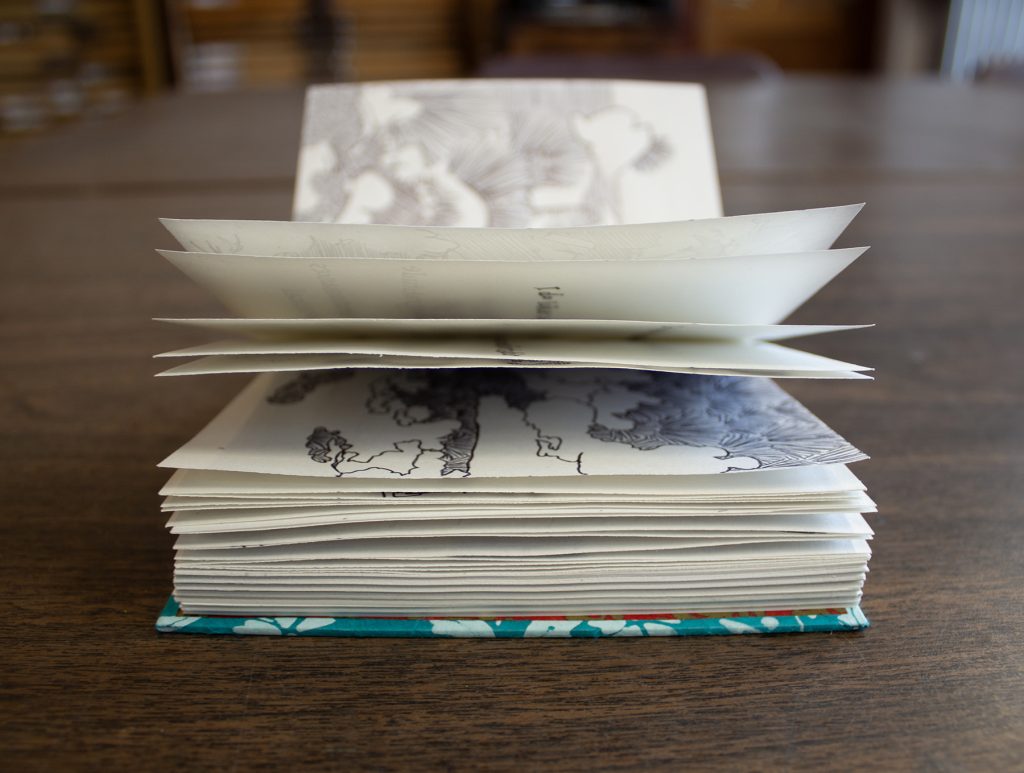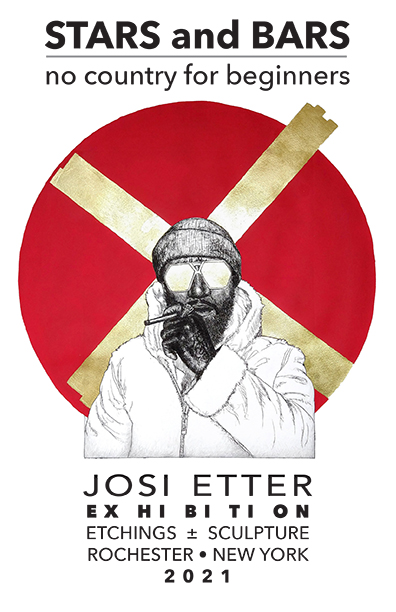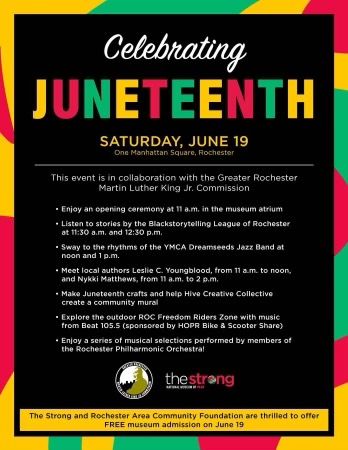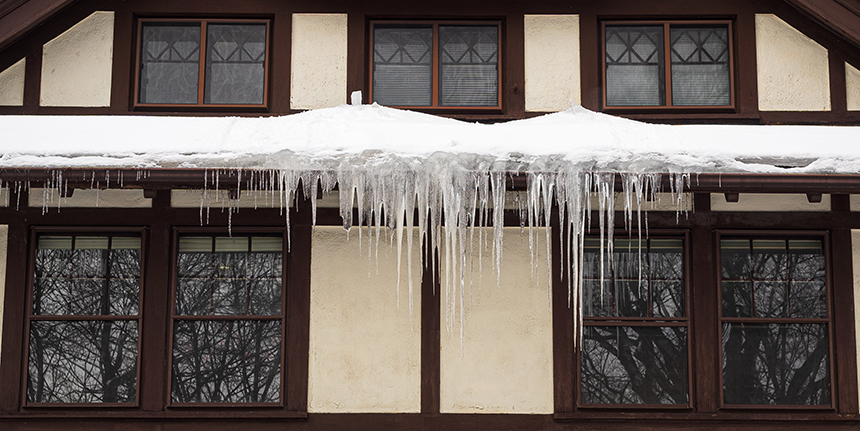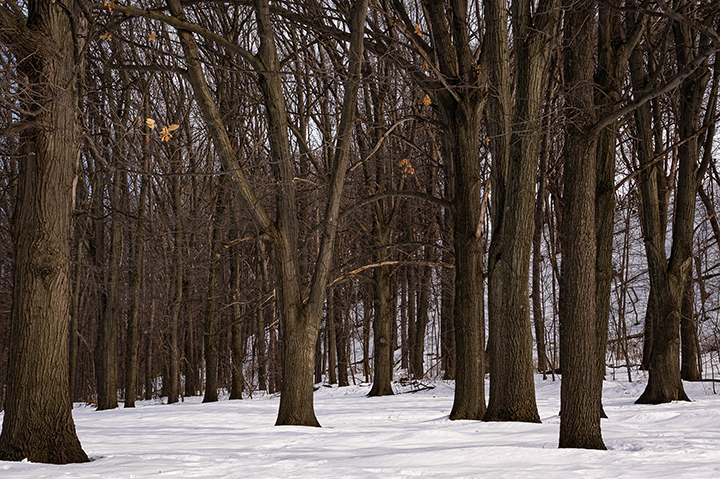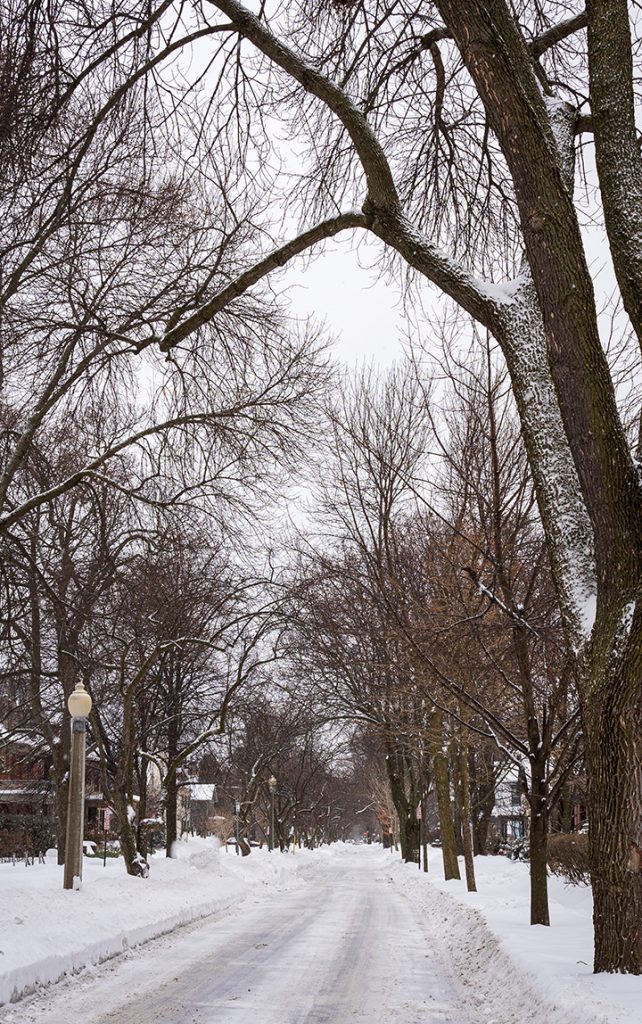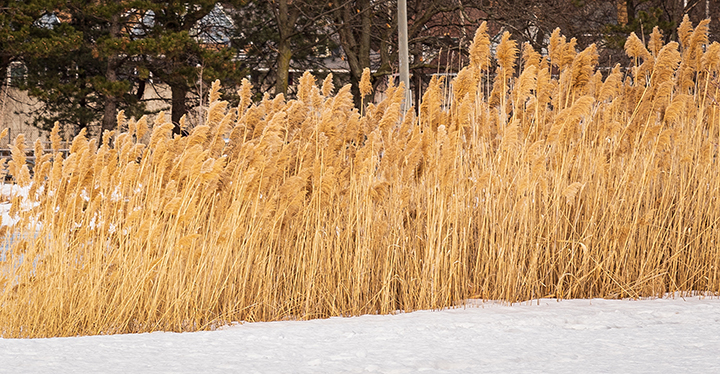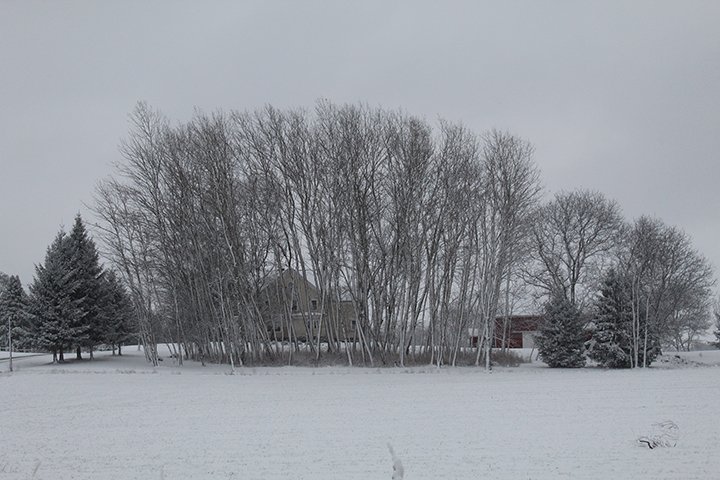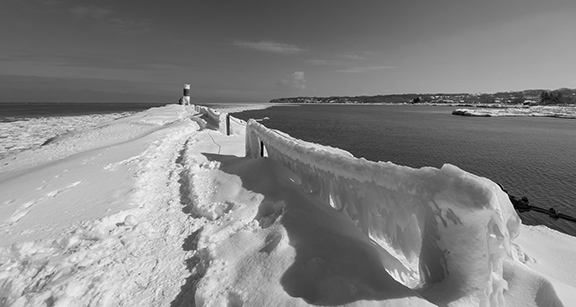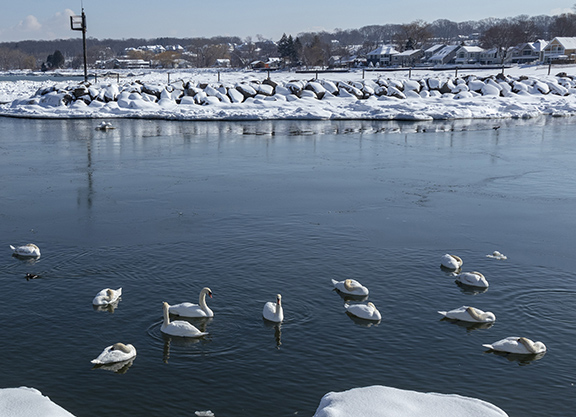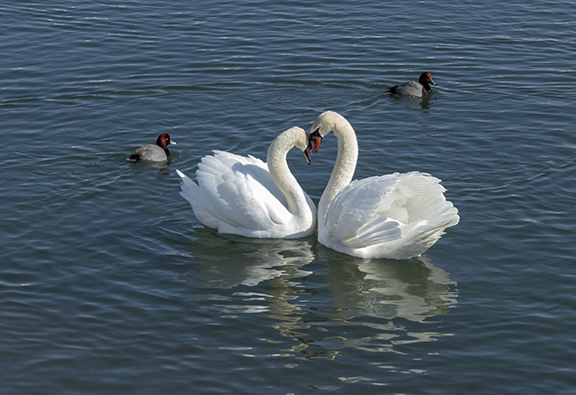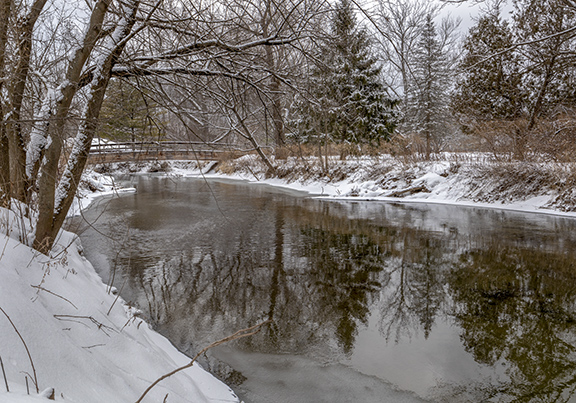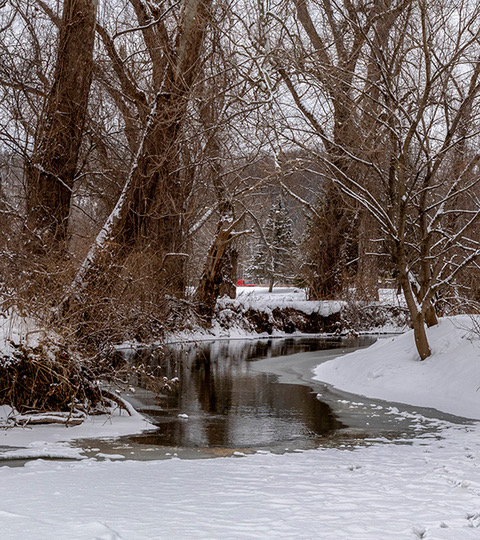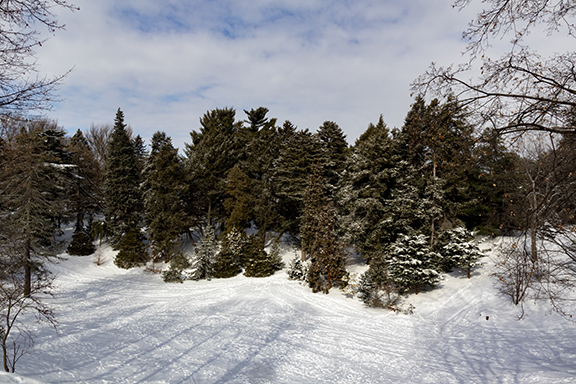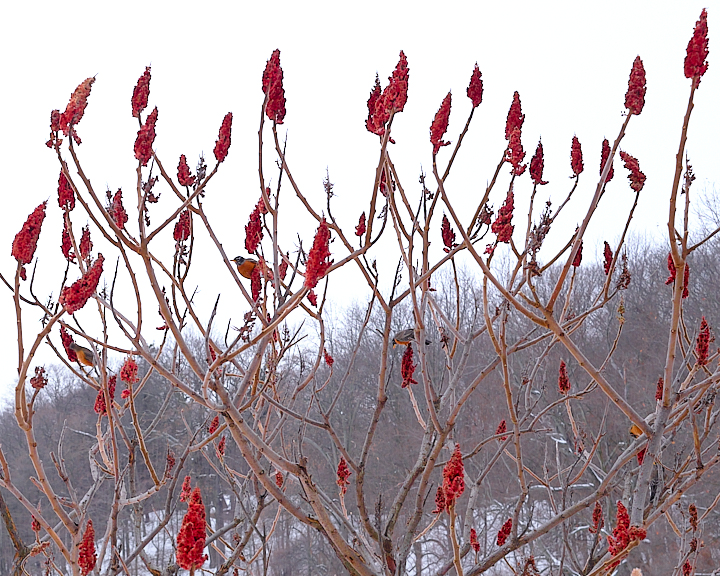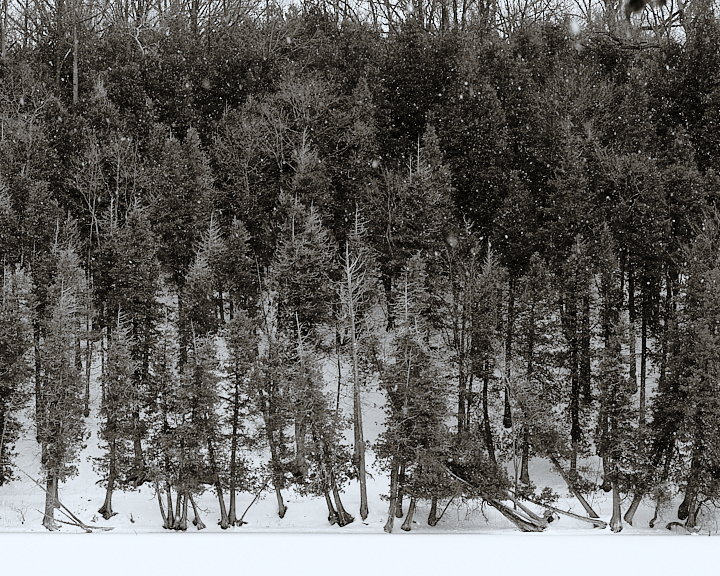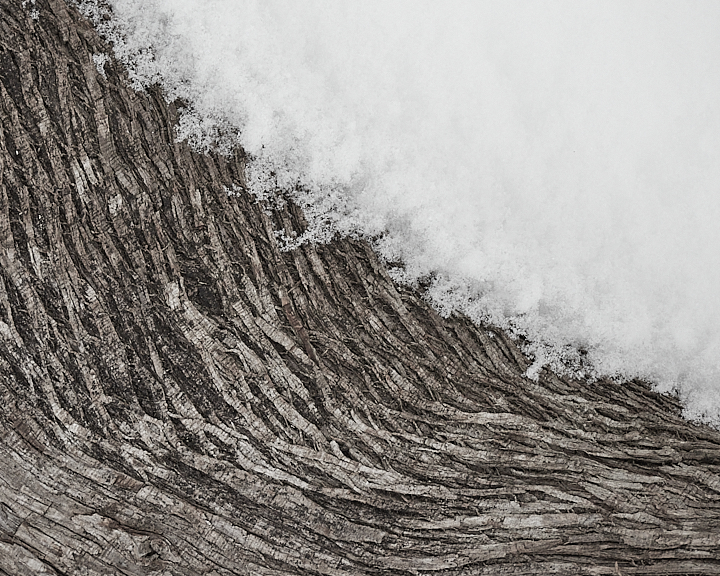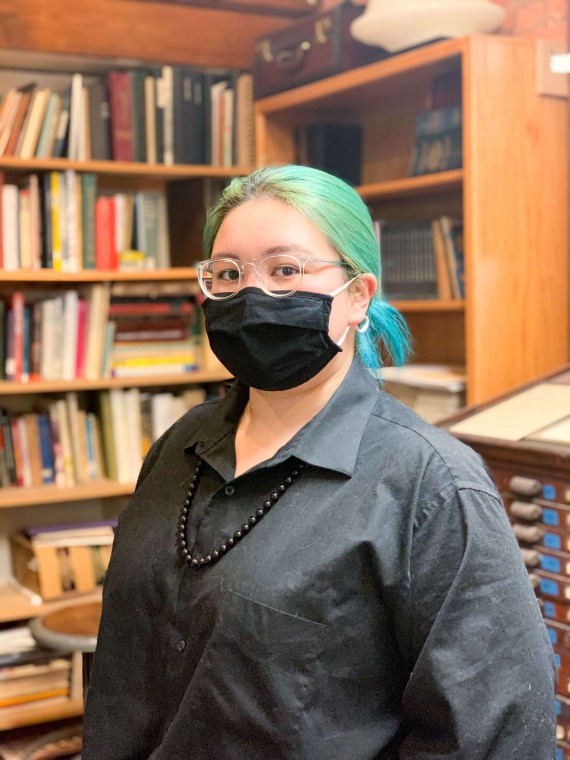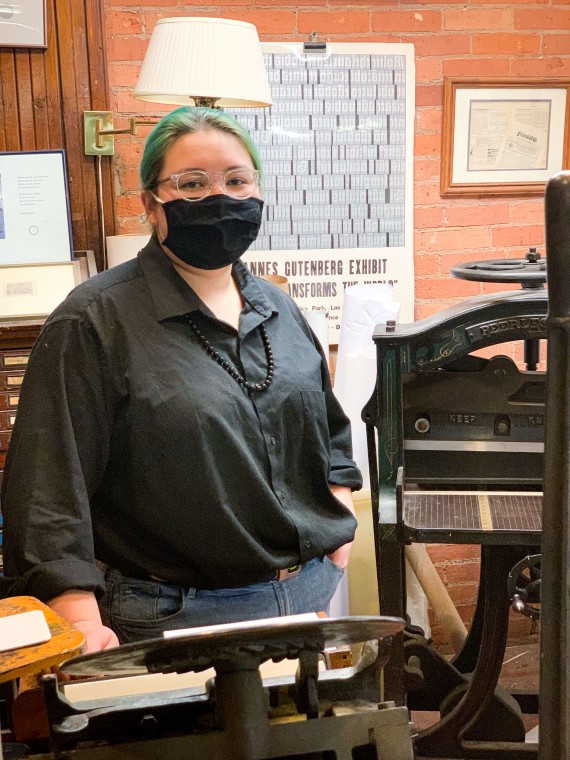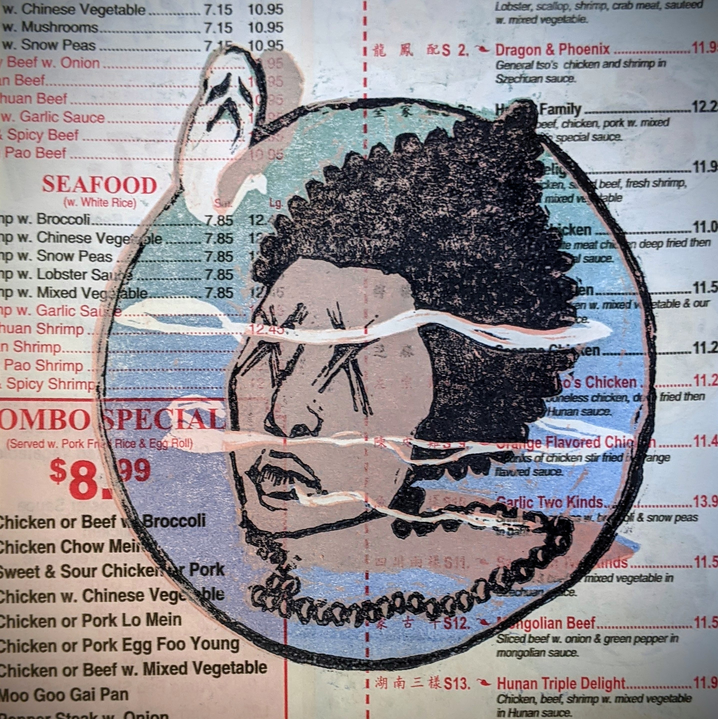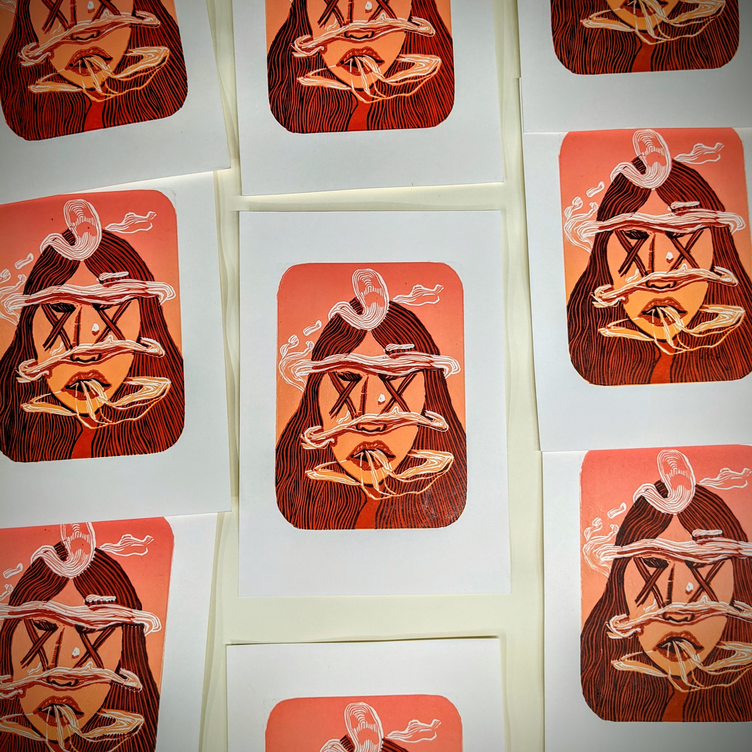Julia J. Wolfe is a multidisciplinary artist based in Rochester, NY. Her work has been exhibited nationally and published in Studio Visit Magazine and New American Paintings. Through painting, drawing, printmaking, knitting, sculpture, writing, and installation, her practice reflects upon themes of childhood and times of innocence, alongside the shared human experience of growth.
Julia has been an artist-in-residence in Printmaking & Book Arts since September 2022. We recently sat down with her in the Book Arts Studio and chatted about her life, process, and time as a resident artist at Flower City Arts Center.
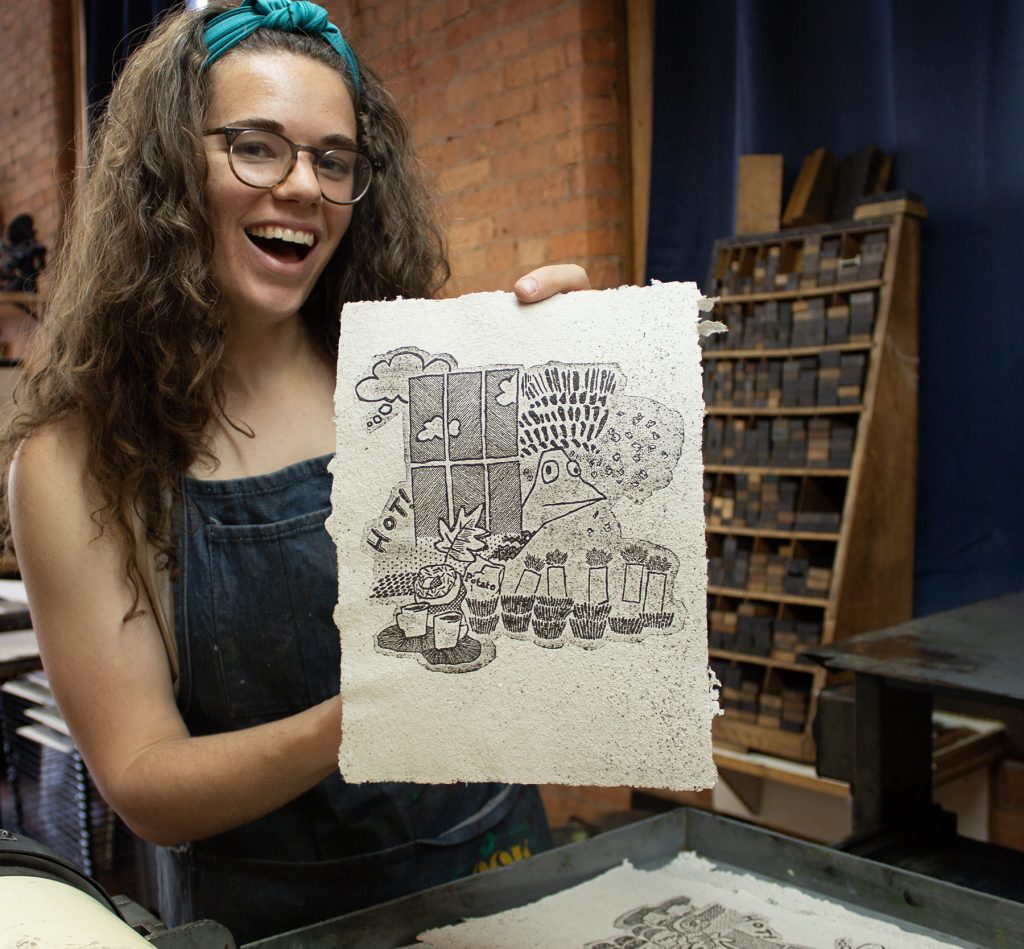
Can you talk about your artistic background and training?
Of course! I’ve loved drawing since I was a kid. Growing up, people would tell me that I was “good at drawing,” in the sense that they’d recognize whatever object or person I was trying to render realistically. It wasn’t until I took a drawing class in college (with the great Hamlett Dobbins!) that I decided to major in art. I went to Rhodes College in Memphis, TN and studied with some really wonderful faculty: Ben Butler, Hamlett Dobbins, Erin Harmon, and Laurel Sucsy. They all challenged me to think about what I was making, in ways I didn’t realize could be applied to art (before that, I just wanted to make pretty pictures). At Rhodes, I got into abstract painting, which I wasn’t expecting. From there, I did a post-baccalaureate program at Brandeis University to continue my studio practice and eventually apply to graduate school. At Brandeis, I studied under Sonia Almeida, Graham Campbell, Sean Downey, and many others, all of whom pushed my practice and paintings even further. I moved to Iowa City in the summer of 2015 to get my M.F.A. in Painting and Drawing at the University of Iowa. While at Iowa, I took a variety of classes, from printmaking to scene design to papermaking to sculpture and more. Naturally, this guided me into the world of installation, which I’ve found to be the most exciting and challenging way to exhibit my work. I gotta mention some more amazing teachers real quick: Isabel Barbuzza, Andrew Casto, Terry Conrad, T.J. Dedeaux-Norris, Susan Chrysler White. There’s a lot more people, but I should probably leave it there for now.
What brought you to Rochester?
Well, if you know anything about how a medical student becomes a resident doctor (the next step of medical training), then you know how random the “match” process can feel. Essentially, an applicant ranks the institutions where they interviewed while the institutions also rank the applicants. My husband was in medical school at Iowa, he made his rank list, I made my rank list of the cities where he interviewed, and then he matched at URMC – so we moved here!
Can you describe your creative process?
I always have a few things ongoing: a sketchbook (usually more than one at a time), drawings and prints, several paintings, sculptural pieces, various lists, and something I call my “Whisper Journal.” The Whisper Journal is a list of words and phrases that I’ve heard and have felt compelled to write down, for whatever reason. I have a pocketbook dedicated to this, as well as a digital version in the Notes app on my phone. This is often where my titles come from, as well as some written pieces. The paintings often incorporate something from each of those modes of working, and I view the installations as being spatially encompassing versions of the paintings.
Can you talk about the role of the sketchbook in your creative process?
For me, the sketchbook is where anything and everything can be recorded. I try to carry one with me wherever I go, just in case there’s something that I need to come back to later on. (People in the medical field often find it odd when I pull out my sketchbook to draw something quickly – usually a blind contour of the bar we’re in – but then they see it and are surprised to find that the quirky artist might be onto something!) It’s for capturing a moment, something a phone camera can’t do in the same way. Everyone takes pictures constantly, including myself, and then those photos just get lost in the sea of other random photos. The physicality of the sketchbook is important to me – it’s interactive and has a real presence when I flip through pages from eight years ago.
In a residency program that gives you access to very specialized equipment (letterpress, papermaking, bookbinding, etc.) what are some ways that you have been experimenting with new techniques and tools throughout your time at Flower City Arts Center?
I hadn’t tried letterpress until starting this residency, and it was the first technique I wanted to try. I took a class with Rachel Oatridge, “Digital Ink: 21st Century Letterpress”, which was so exciting. I have a bit of experience in graphic design and have always wanted to turn something digital into the physical process of printmaking. Now that the Center is getting a laser engraver, I’m hoping to make my own typeface that I can use for future letterpress prints. During grad school, I also did some papermaking and bookbinding, and it’s been refreshing to have facilities that allow me to bring those techniques back into my practice and experiment within them.
Did your original artistic goals change or evolve throughout the residency? If so, in what ways?
Yeah, I came into the year with nothing super concrete in mind. Typically, it’s during the process of making a body of work that I figure out what it’s doing and where it’s going. One day, I hope to publish a book, and I’d like to incorporate some of the work that I’ve made during this residency: handmade paper, screenprints, poems, paintings, drawings, images of sculptural/installation work, and letterpress prints. As far as what this book is about, I’m still figuring that out!
Are there any specific projects or artworks that you created during the residency that you’re particularly proud of or excited about?
There was a day in February when I thought it would be interesting to try letterpress on canvas and then make a painting with whatever came of that. So I printed onto a few different pieces of canvas (with many helpful tips from Megan), sewed up some holes made by the Vandercook (oops), stretched it, painted a bit, screen-printed onto part of it, painted some more, and ended up with a fine painting.
After your exhibition at Flower City Arts Center in September, what’s next?
I’ve got a show at the Mercer Gallery at MCC in October, and the opening reception is Thursday 10/5 at 5pm – there’s also an artist talk at 4pm the same day. Hopefully people will come see the installation! It’s titled “We Like to Take the Long Way.”

